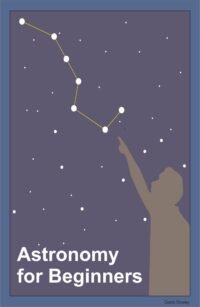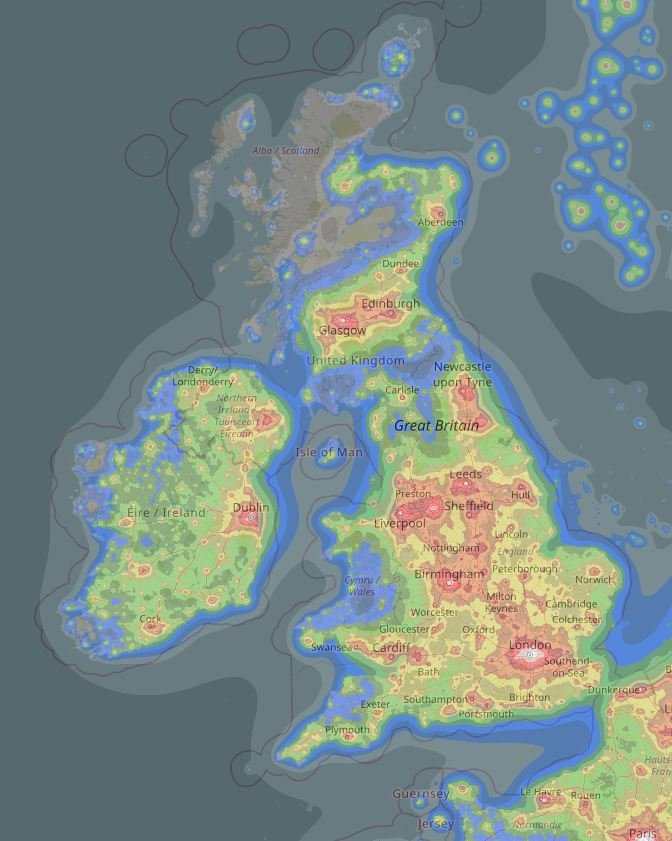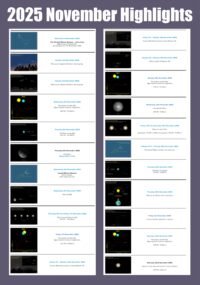Category Archives: Homepage (Posts)
Bright comet this morning
Comet Lemmon (C/2025 A6) is your pick this month
Wednesday 15th October 2025
Algol(bright variable Star Beta Persei) oooo oooo
Wednesday 15th October 2025
Moon near the Beehive Cluster
Tuesday 14th October 2025 – 1am
To observe Jupiter and the Moon together
Monday 13th October 2025
To observe Saturn’s moon – Titan(Be preparing yourself at 23:45pm)
Friday 10th October 2025 – 5am
The Moon & M45 (Seven Sisters)
Friday 10th October 2025
The Moon & M45 (Seven Sisters) ooooBack
Thursday 9th October 2025
A path of Comet ~ C/2004 E1 (Wierzchos)
Wednesday 8th October 2025
The Moon at perigee 2025 Perigee Dates(Moon Closest to Earth) 2025 Apogee Dates(Moon Furthest from Earth) oooo
Tuesday 7th October 2025
Rising supermoon










